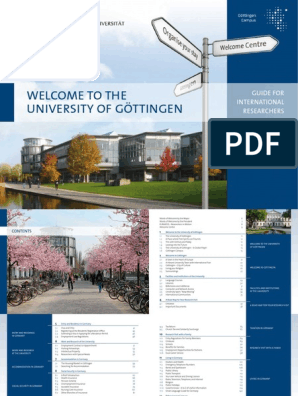0% found this document useful (0 votes)
33 views4 pagesSAMPLE CONCEPT NOTE For Data Analytics
This project aims to analyze air quality data to understand urban pollution sources and trends, aligning with Sustainable Development Goal 11 for sustainable cities. It will collect data from various sources, utilize analytical tools, and propose actionable solutions to mitigate pollution levels. The expected outcomes include comprehensive analysis, predictive models, and increased awareness among policymakers and the public regarding urban pollution.
Uploaded by
khelkipathshalaCopyright
© © All Rights Reserved
We take content rights seriously. If you suspect this is your content, claim it here.
Available Formats
Download as DOCX, PDF, TXT or read online on Scribd
0% found this document useful (0 votes)
33 views4 pagesSAMPLE CONCEPT NOTE For Data Analytics
This project aims to analyze air quality data to understand urban pollution sources and trends, aligning with Sustainable Development Goal 11 for sustainable cities. It will collect data from various sources, utilize analytical tools, and propose actionable solutions to mitigate pollution levels. The expected outcomes include comprehensive analysis, predictive models, and increased awareness among policymakers and the public regarding urban pollution.
Uploaded by
khelkipathshalaCopyright
© © All Rights Reserved
We take content rights seriously. If you suspect this is your content, claim it here.
Available Formats
Download as DOCX, PDF, TXT or read online on Scribd
/ 4
























































































